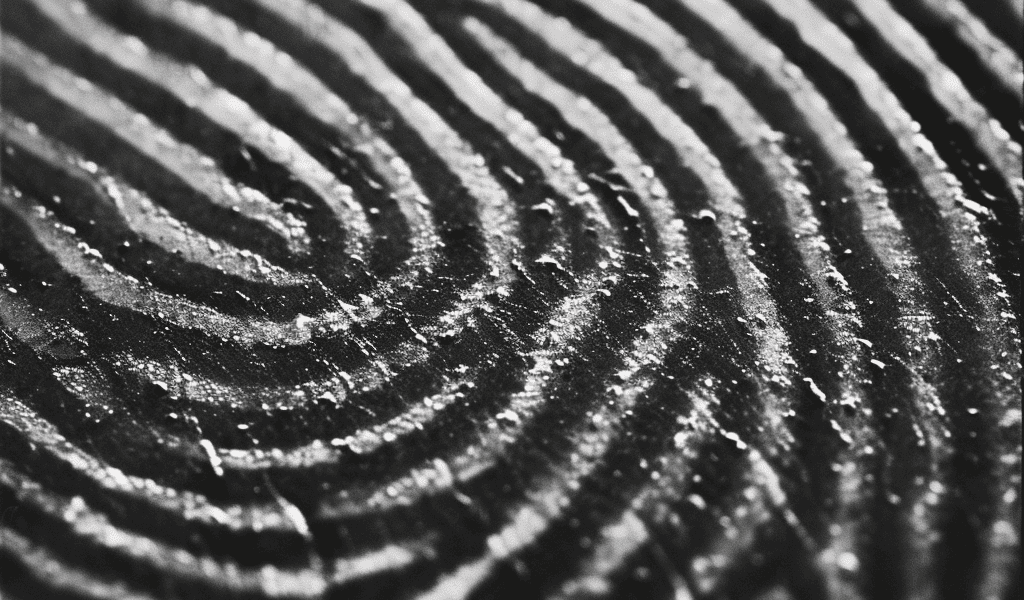Fingerprints have long been considered a reliable form of biometric identification, widely used in digital authentication and forensic science. However, a new study challenges the conventional assumption that no two fingerprints, even from different fingers of the same person, are alike.
The study, published in the journal Science Advances, reveals that there is a strong similarity between fingerprints from different fingers of the same individual, with over 99.99% confidence. This finding has significant implications for forensic investigations and digital authentication processes.
Researchers used deep twin neural networks to extract fingerprint representation vectors and found that the similarities in fingerprints persist across all pairs of fingers within the same person, even when accounting for factors such as sensor modality. The study also indicates that ridge orientation, particularly near the center of the fingerprint, plays a significant role in this similarity, while traditional minutiae-based methods are less predictive.
The implications of this research are far-reaching. In forensic investigations, the newfound understanding of intra-person fingerprint similarity could potentially increase efficiency by nearly two orders of magnitude in certain scenarios.
Fingerprints have become a ubiquitous biometric modality, with billions of mobile devices worldwide relying on fingerprint identification technology. Additionally, the FBI maintains a database of over 150 million fingerprints, and crime laboratories analyze hundreds of thousands of fingerprints annually. The study highlights the need for continued research and development in fingerprint recognition techniques, hardware and chemical sensing modalities, and reliability analysis in criminal justice scenarios.
This groundbreaking study not only challenges the conventional understanding of fingerprint uniqueness but also underscores the potential for advancements in forensic science and digital authentication technology.





